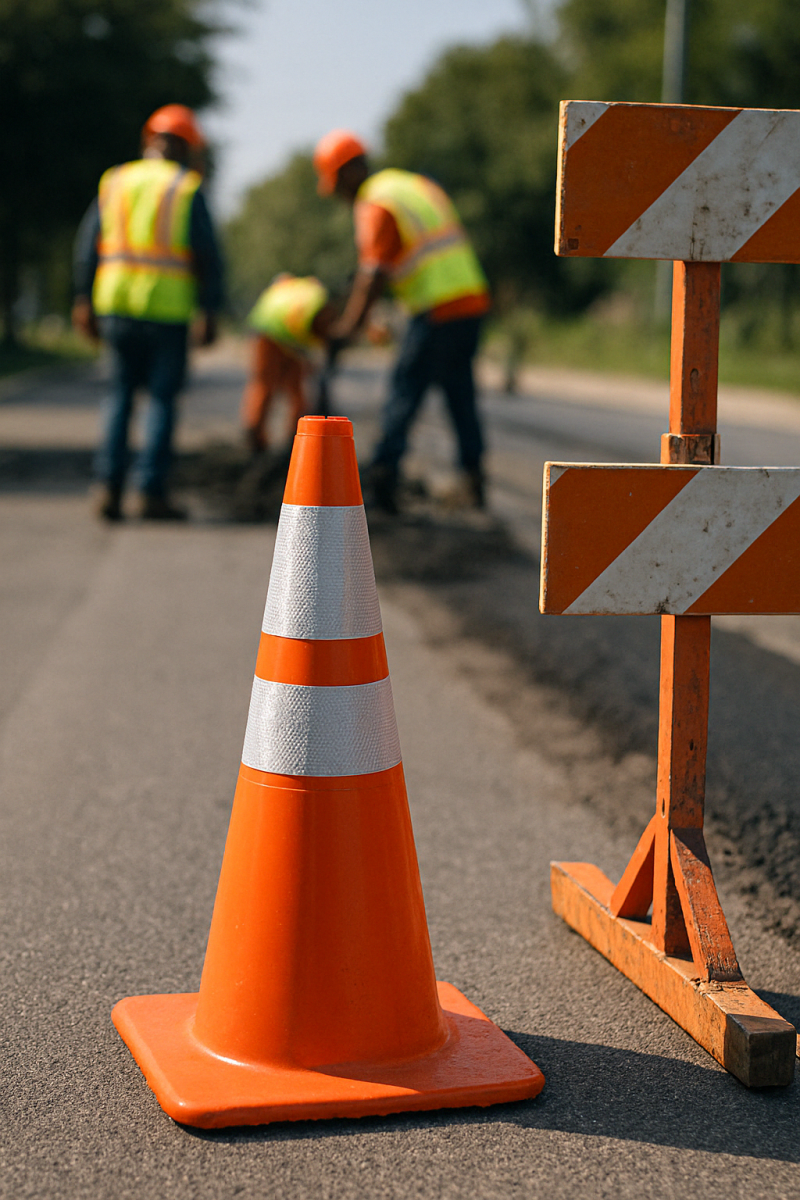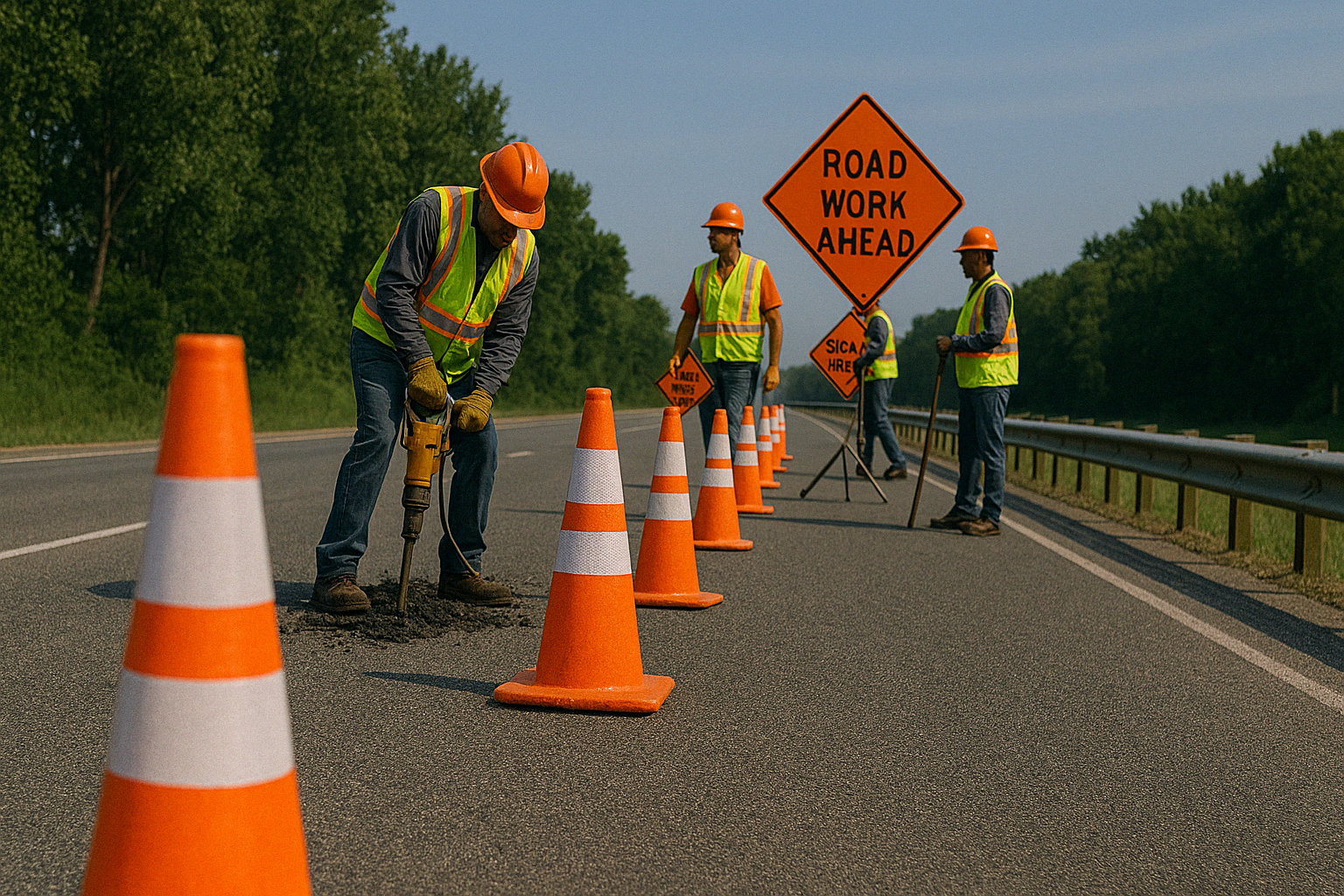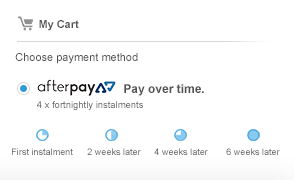The Unsung Heroes of Safety: Why Traffic Control Cones Are Essential Around Worksites
When you drive past a construction site or road work zone, what’s the first thing you notice? Chances are, it’s those bright orange traffic control cones standing tall (or sometimes slightly askew). They’re everywhere—lining roads, blocking lanes, and guiding you safely around chaos. But have you ever stopped to think about why they’re there? Traffic control cones are more than just plastic markers; they’re critical tools that keep workers, drivers, and pedestrians safe. In this blog, we’ll dive into the purpose of traffic control cones around worksites, explore their benefits, and explain why they’re indispensable.
What Are Traffic Control Cones?
Traffic control cones, often called safety cones or construction cones, are portable, brightly colored markers used to manage traffic and ensure safety in work zones. Typically made of durable plastic, they come in various sizes, from small 450mm cones to towering 900mm giants. Their vibrant colors—usually orange for use in Australia—make them impossible to miss, even in low-light conditions. Many cones also feature reflective bands or lights for added visibility at night.

The Purpose of Traffic Control Cones Around Worksites
Traffic control cones serve multiple purposes, all centered around one goal: safety. Here’s a breakdown of why they’re so essential:
1. Directing Traffic Flow
Worksites often disrupt normal traffic patterns, whether it’s a closed lane, a detour, or a narrowed road. Traffic cones guide drivers through these changes, ensuring they stay on the correct path. By creating clear visual cues, cones prevent confusion and reduce the risk of accidents.
For example, cones can funnel two lanes into one or mark a detour around a pothole repair. Their placement is strategic, designed to communicate instructions without the need for words.
2. Protecting Workers
Construction and maintenance workers face significant risks working near moving vehicles. Traffic cones act as a buffer, creating a physical and visual barrier between workers and traffic. This separation gives workers a safer space to operate heavy machinery, dig trenches, or lay asphalt without worrying about errant vehicles.

3. Marking Hazards
Worksites are full of potential dangers—open manholes, uneven pavement, or exposed wires, to name a few. Cones highlight these hazards, alerting drivers and pedestrians to steer clear. A single cone placed over a pothole or around a spilled material can prevent trips, falls, or vehicle damage.
4. Enhancing Visibility
Safety cones are designed to be seen. Their bright colors and reflective bands ensure they stand out in all conditions—day, night, rain, or fog. This visibility is crucial for preventing collisions, especially in busy urban areas or on high-speed highways.
5. Creating Temporary Boundaries
Unlike permanent barriers, cones are lightweight and easy to move, making them ideal for temporary worksites. They can be set up quickly to cordon off an area and removed just as fast when the job is done. This flexibility is perfect for short-term projects like utility repairs or tree trimming.
Why Are Traffic Cones So Effective?
You might wonder: why cones? Why not signs or barricades? While signs and barriers have their place, traffic cones have unique advantages:
-
Portability: Cones are easy to transport and set up, requiring no heavy equipment.
-
Cost-Effectiveness: They’re relatively inexpensive compared to other traffic control devices.
-
Versatility: Cones can be used in countless scenarios, from road work to parking lot maintenance.
-
Universal Recognition: Drivers everywhere understand that cones mean “caution” or “stay away.”
Plus, their simple design belies their impact. A 2019 study by the Federal Highway Administration found that properly placed traffic control devices, including cones, reduced crash rates in work zones by up to 20%. That’s a lot of lives saved by a humble piece of plastic!

Regulations and Standards for Traffic Cones
Not just any cone can be used on a worksite. In Aiustralia, traffic cones must meet standards set by the governing body. These regulations ensure cones are the right size, color, and material for their intended use. For example:
-
Cones are generally require a mininum height of 700mm with a 250mm reflective collar.
-
Nighttime use certainly requires the additional reflective features.
-
Cones must be stable enough to withstand wind and passing vehicles.
Compliance with these standards ensures cones do their job effectively, keeping everyone safe.
Beyond Worksites: Other Uses for Traffic Cones
While worksites are their primary domain, traffic cones pop up in other places too. You’ve probably seen them at:
-
Sporting events to mark race routes.
-
Parking lots to reserve spaces or block areas.
-
Schools to manage pick-up and drop-off zones.
Their versatility makes them a go-to tool for any situation requiring temporary traffic or crowd control.
Conclusion: A Small Tool with a Big Impact
Traffic control cones may seem like simple objects, but their role in worksite safety is anything but small. They direct traffic, protect workers, mark hazards, and ensure everyone gets home safely. Next time you pass a construction zone, take a moment to appreciate those bright orange sentinels standing guard. They’re proof that even the simplest tools can make a massive difference.
Have you ever noticed how traffic cones change the way you drive through a work zone?









